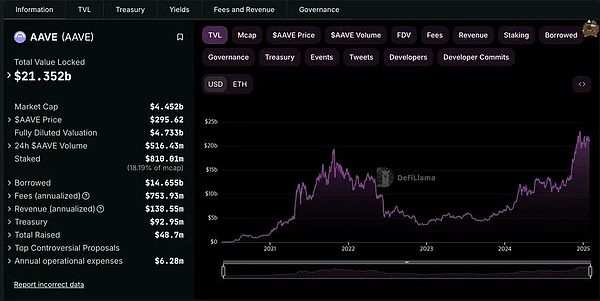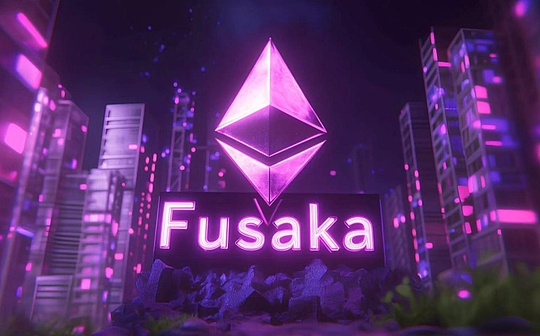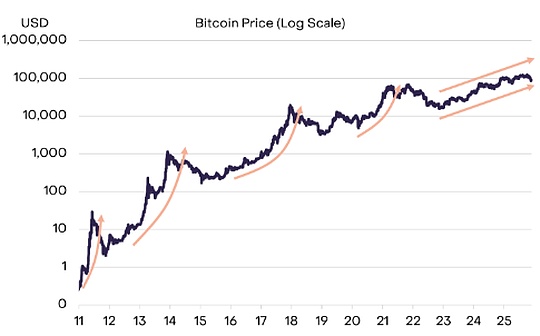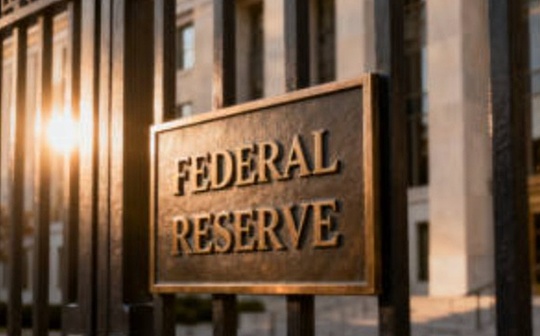
Author: @leo_escobar_, compiled by: Sissi, source: TEDAO
1. ChangeNecessity of Reform: AaveChallenges and opportunities
1.1 Background & Current layout
Aave is one of the leading decentralized lending protocols in the DeFi space, allowing users to deposit various crypto assets to earn interest or borrow with their assets as collateral.Since its inception, both Aave’s user base and TVL (total locked value) have seen significant growth, demonstrating its reliability and innovation capabilities.However, with the continuous development of the DeFi ecosystem, Aave needs to adapt continuously to maintain its competitive advantage and to deal with emerging risks such as sudden market downward trends and potential vulnerabilities at the protocol level.

1.2 Why fundamental change is needed
Although Aave has performed well in liquidity provision and market adoption, its traditional security module model still has some limitations in effectively managing bad debts and incentivizing governance participation.High volatility and rapidly changing market environments can lead to debt that cannot be resolved in a timely manner, and the current pledge framework sometimes struggles to incentivize meaningful participation by users.Therefore, a stronger mechanism is needed to ensure the stability of the protocol, ensure the security of user funds, and create sustainable returns for investors and stakeholders.This fundamental change is at the heart of Umbrella’s upgrades and new Aavenomics designs.
2. Introducing Umbrella: Aave’s new chapter in risk management
2.1 Limitations of existing security modules
Existing security modules, such as stkAAVE, are designed to protect the agreement by potentially cutting pledged AAVE in the event of market pressure or funding shortages.Although this mechanism plays a key role in ensuring the security of the protocol, it also presents some challenges, such as:Over-reliance on governance decisions to perform cuts can lead to conflicts of interest for $AAVE holders and lack of direct mechanisms to manage bad debts in a more granular, asset-by-asset approach.
2.2 Core features of Umbrella
-
Protection mechanism by asset division
Umbrella takes a more targeted approach.Allows the staker to pledge their aTokens (the credentials for Aave deposits) into different security modules, each corresponding to a specific asset and blockchain.This setup allows the protocol to handle bad debts at a single asset level rather than relying on a single “one-size-fits-all” solution.
-
Automated bad debt coverage
A key innovation at Umbrella is the introduction of automation mechanisms, commonly known as“Aave Robot”,Pledged aTokens can be automatically cut and destroyed to cover bad debts.This automation mechanism eliminates the need to rely on governance proposals to decide whether to implement cuts in funding shortages, improves response speed and reduces governance-related conflicts of interest.
-
The incentive structure of pledgers
Under the Umbrella mechanism, stakeholders can receive multiple rewards.For example, they can not only receive $AAVE from the protocol’s net income, but also receive additional token rewards related to specific asset reserve factors.By pledging in a module that directly protects its own assets, users can more clearly align their incentives with the health of the protocol.
2.3 How Umbrella improves overall protocol stability
By spreading risks to individual pools of assets, Umbrella significantly reduces systemic risks.If a particular asset produces bad debts, the stakeholders in the security module corresponding to that asset will be cut to cover the losses and prevent the risk from spreading to other asset pools.This design not only enhances overall stability, but also allows for more refined control of risk parameters and ensures that incentives are always aligned with the market conditions of each asset.
3. New Aavenomics: Fee Switch
3.1 Transition from stkAAVE to Umbrella stake
With the introduction of Umbrella, the traditional model of pledging $AAVE to a single security module is changing.Although the $AAVE staking still exists,But its main function is no longer to assume all the risks of the agreement, but to transform into oneAuxiliary components, focus on governance and benefit from the agreement’s net income distribution.at the same time,Pledge module divided by assetsWill be directly responsible for the risk coverage of the agreement.
3.2 Income distribution and “purchase and distribution” model
A major change in Aavenomics is the way in which the agreement’s net income is redistributed.Agreement passedInterest spread between lending ratesGenerate net income and adopt a “Buy & Distribute” mechanism, with a portion of the net income being used to repurchase $AAVE on the open market and allocate it to the stakeholder to enhance the value proposition of $AAVE.In addition, pledgers of the Umbrella module can also receive aTokens and other rewards linked to the performance of each reserve asset.
3.3 Introducing $anti-GHO: New mechanism for GHO borrowers
Under the new Aavenomics system, the $GHO loan discount mechanism enjoyed by $AAVE stakeholders is replaced with the “anti-GHO” mechanism.If the borrower pledges $AAVE, it will accumulate over timeNot transferable“anti-GHO” tokens that can be used foroffset or “burn” part $GHO debt.This system provides real economic benefits to AAVE stakeholders while avoiding distorted effects on the wider market.
3.4 Governance and decision-making mechanism under the new model
Although governance remains crucial,Many risk management processes (such as cutting pledged assets to cover bad debts) willImplement automation.Aave DAO remains in controlParameter adjustment(such as reserve factor, incentive ratio) andStrategic decision-making(such as agreement expansion, new assets launch, etc.).This wayAutomation and decentralized governanceThe balance between the protocol improves the operation of theEfficiency and transparency.

The following two articles are from @0xboca,Articles about Umbrella upgrades and new Aavenomics are also well worth reading for reference.
https://x.com/0xboka/status/1878813433036169289
https://x.com/0xboka/status/1882568334908268893
4. Thinking
As one of the largest lending agreements in the DeFi field, AaveRisk ManagementandIncentive mechanismThe decisive reform on this site is not only an important milestone in the agreement itself, but also has a positive impact on the entire DeFi ecosystem.
Through this upgrade, Aave proves that even the industry-leading platform can continue toevolution,existstabilityandUser incomeThe balance between them sets important precedents for other agreements.If these measures can be implemented successfully, it will further proveA strong governance framework,Reasonable token economicsas well asActive community engagementHow to jointly promote the boundaries of decentralized finance to move forward.
Original title:Aave’s Umbrella and New Aavenomics








